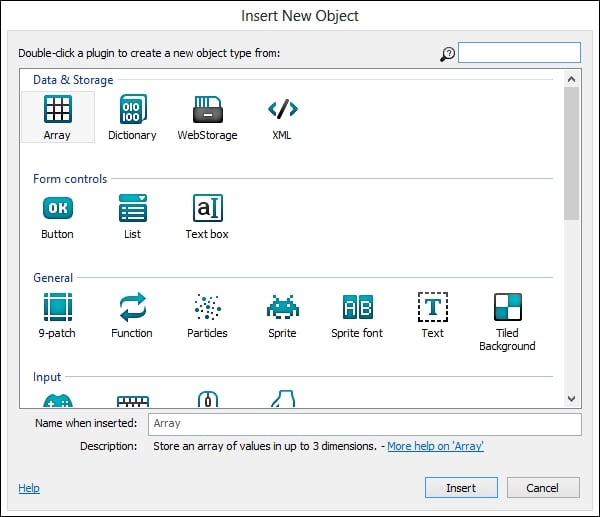
And, because they’re simple, there’s very little conjugation or complexity involved. So, when we take a look at simple future tense examples, you won’t be surprised to hear they’re dealing with verbs that indicate something taking place in the future. If the example read, “Marie will walk home,” we’d understand it’s something that will take place in the future. This tutorial provides the groundwork that should allow C++ UE4 developers to construct new Blueprint nodes that can be. If the example read, “Marie walks home,” we’d understand it’s something being done in the present. In the example above, we learn Marie walked home. Out of those three parts of speech, verbs tell us the most about what’s taking place. That’s a complete thought, brought to you by the most powerful and necessary parts of speech. The action she’s carrying out is indicated by the verb “walked.” And, as for the direct object, or the thing that’s receiving the action of the verb, we see it is “home.” Marie walked home. For example, “Marie walked home.” There, we understand the subject of the sentence is a girl named Marie. You have to keep in mind though, that if you destroy an object with IID 3, then all the objects after it will shift in the list and their IID will decrease by one.The most basic construct for English sentences is subject + verb + direct object. So, add all your enemies to a family, and then spawn a new family member -) G. While we are well on our way to having a playable game, there are still a few important game elements we need before we can really call what we have a 'game'. If a Family is chosen, a random object type from the family is picked, and an instance created for that. Make a Match-3 Game in Construct 2: More Swapping, Points, and Matching In the previous tutorial, we integrated a basic match-detection system into our Match-3 game. These are not "specific" object IDs (Construct 2 calls them Index IDs, or IIDs) but the refer to all the objects of that type in the order they were created.Įnemy(5) is the 6th Enemy created, ignoring destroyed Sprites (See below). Create a new instance of an object type on a layer at a given position. Negative numbers start from the opposite end, so Sprite(-1).X gets the last Sprite's X position. You can also pass another expression for the index. or a Champion Jade Bow that spawn in no particular order, but at least one of each will appear. For more information see index IDs (IIDs) in common features. 1 Appearance 2 Enemies 3 Boss 4 Story 5 Hidden Coin and Gem. For example Sprite(0).X gets the first Sprite instance's X position, and Sprite(1).X gets the second instance's X position. It adds armor crafting mechanics to the game through a new table block, the Armor Station. You can add a 0-based object index to get expressions from different object instances. See also Object Expressions from the Scirra Manual: In my experience, adding an instance variable and setting it to keep track of a subset of Sprites or the state of the sprite is the cleanest way to limit an action to a specific group of sprites. Pick the instance matching a given unique ID (UID) number. Test if one of the object's boolean instance variables is set to true. This magically works most of the time, but you can select a set of objects with a few of these conditions:Ĭompare the current value of one of the object's instance variables. (Like if you just spawned Enemy at EnemySpawn, it will know your next reference Enemy is only the last one created).

When possible, Construct 2 will automatically guess which instance you want. You start with all the instances in a list, and then you filter them out using conditions. Picking which instances of a Sprite to effect works sort of like filtering a database.
Construct 3 spawn another object software#
This is something that really confused me about Construct 2 coming from a software engineering background.


 0 kommentar(er)
0 kommentar(er)
